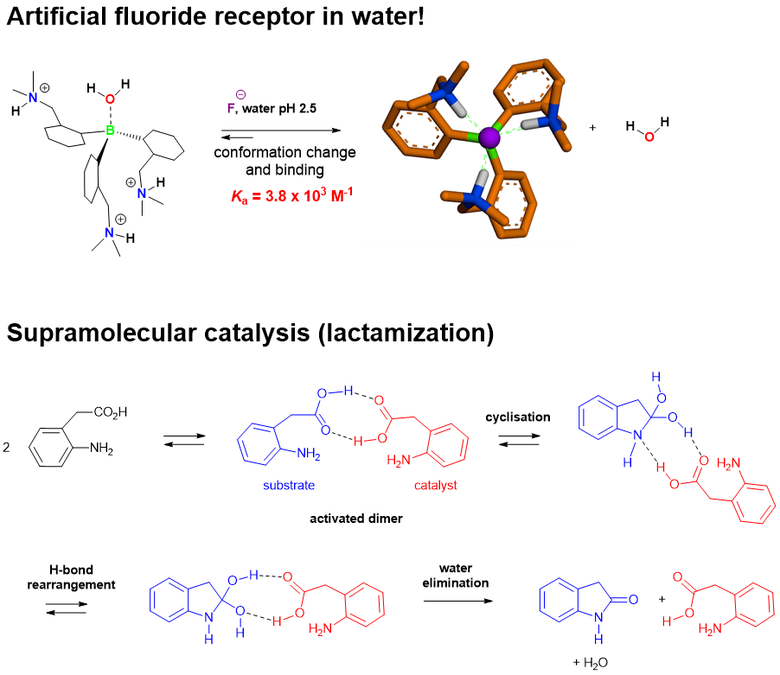- Chemo-enzymatic synthesis, industrial biotechnology, and biotransformation
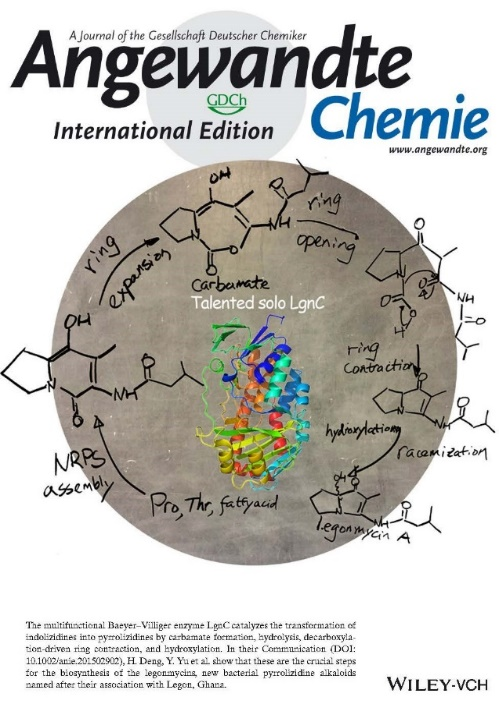
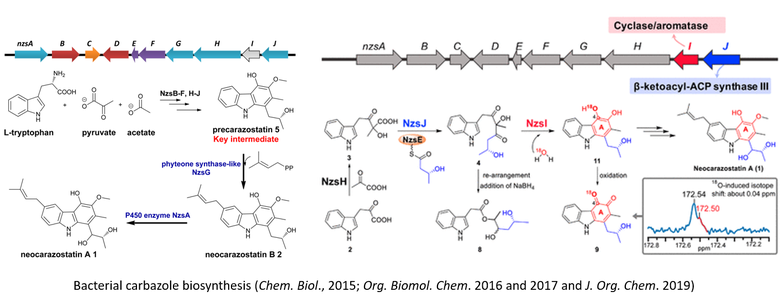
- Antimicrobial and antiviral discovery from nature
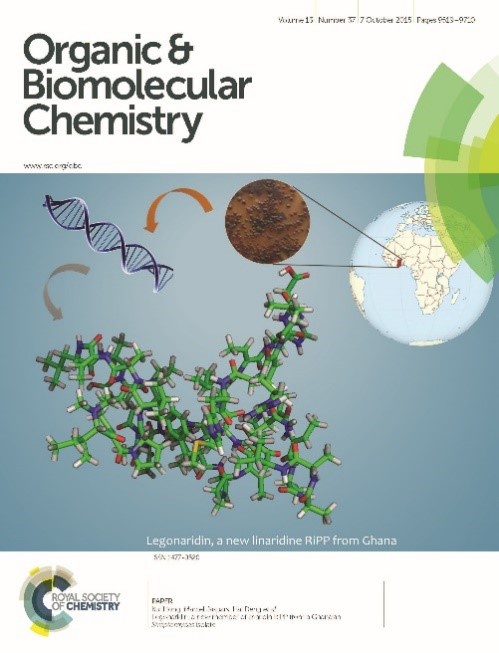
In the meantime, coronaviruses are a large group of viruses that circulate and evolve among various animals. They can cause mild human illnesses such as the common cold or more serious respiratory diseases as seen in the recent outbreaks of SARS (2002), MERS (2012), and COVID-19 (2019). There are currently no effective treatments or vaccines against these viruses and the possible emergence of even more dangerous strains in the future is a cause for great concerns.
This is against the backdrop that the pharmaceutical and biotechnology industries are investing less and less in antibiotic and antiviral discovery due to the challenges and complexity of the process, and the difficulty and unpredictability of gaining regulatory approval, and low profit margins. The accompanying loss of the expertise in the sector only elevates the threat in the battle with AMR. Therefore, we face severe challenges of a clear and urgent need for new classes of antimicrobials and antiviral agents.
We believe that the discovery of natural products, an important source of human medicines, is critical for the development of new therapeutics against multidrug-resistant pathogens. Other solutions lie in genomics and focusing research efforts on strains that encode genes for the biosynthesis of uncharacterized natural products can dereplicate, streamline, and accelerate the discovery process.
- Organic synthesis
We have expertise in organic synthesis13-17 and peptide synthetic methodologies such as solution9 and solid-phase peptide synthesis as well as the use of natural enzymes,10, 11, 19, 20 for example to cyclise synthetic peptides into bioactive cyclopeptides. This work has resulted in fruitful collaborations with colleagues in Aberdeen (MBC and IMS) and with other Universities (St Andrews, Leeds) leading to several leading articles and a book chapter12. We are currently working on the synthesis of simplified vancomycin derivatives and peptidomimetic antiviral compounds.
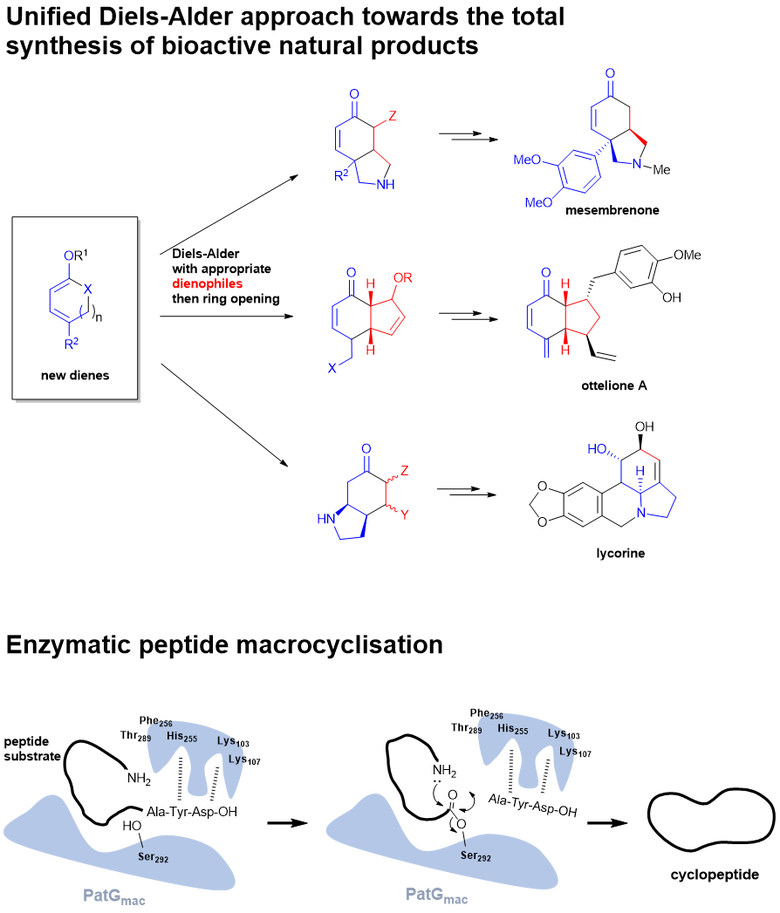
- Medicinal chemistry
Our group has developed several tools for imagining techniques,15, 18 and molecules that possess allosteric antagonist properties of the CB1 cannabinoid receptor in collaboration with the IMS.16, 17 These molecules are of interest for the potential treatment of conditions such as obesity and inflammation. This work has led to collaborations with the USA and Egyptian researchers. We are currently working on the design and synthesis of antibiotics, and very potent analgesic natural products in collaboration with the pharma industry (Sea4US, Portugal).
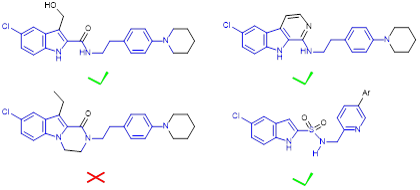
5. Supramolecular chemistry
We have designed and successfully developed and studied several water-soluble artificial receptors for molecules such as alkanes, surfactants, acetyl choline, and more recently for the recognition of fluoride anions in water.20-22 We are currently working on the synthesis of supramolecular organocatalysts for the synthesis of amides23 and the transformation of cellulose into surfactants under mild conditions.
